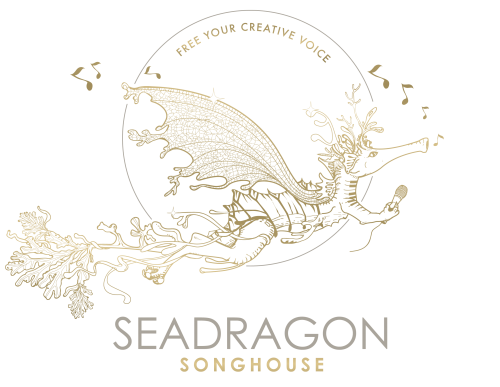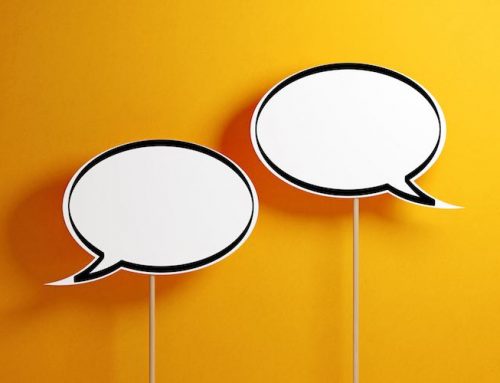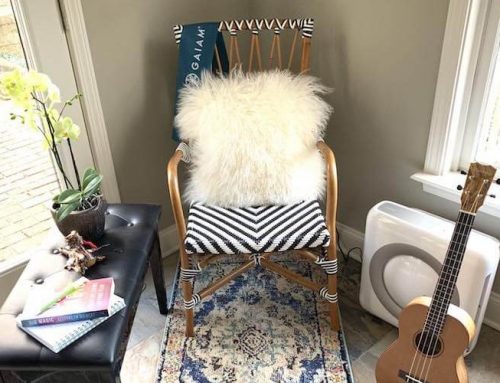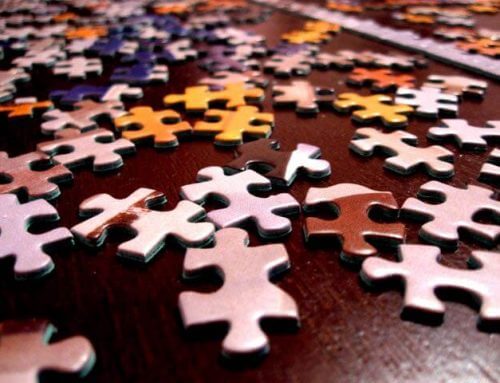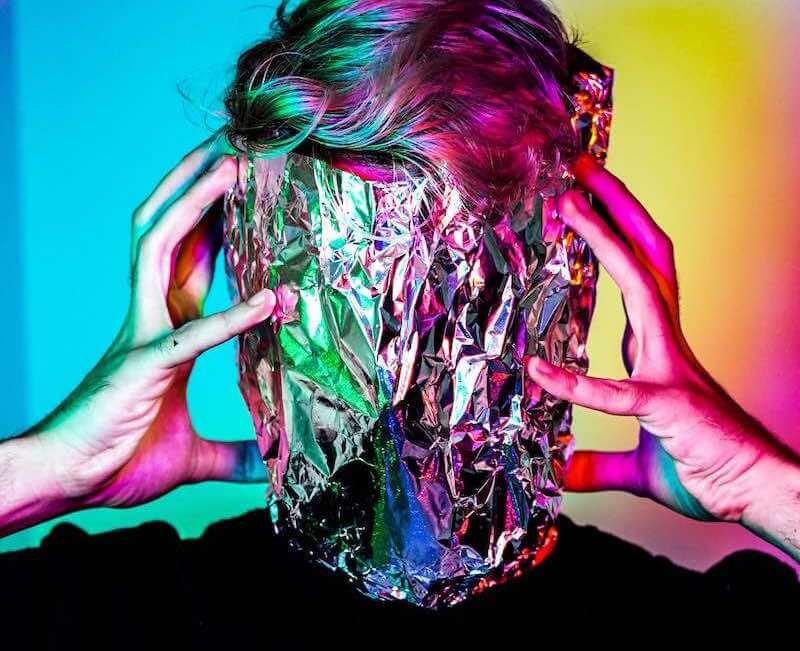
March 28, 2019 by Courtney Cutchins
Those “Creative Types” – The Creativity Pigeonhole
I’ve discovered that creativity has gotten itself a bad name, and creative people along with it.
We’ve all been there. Someone hears that you’re a musician, a painter, an author, a designer, a maker, so they talk about their experience with their “wacky neighbor” who does such and such artistic work… They roll their eyes and say “yeah, you know, those creative types…” “Creative types” meaning people who are highly artistic “right-brainers” – the subtext suggesting someone who’s flaky, running late, forgetting their wallet, daydreaming with their head in the clouds, can’t crunch a number, can’t make a plan past Tuesday, disorganized, disturbed and wandering dazed and confused through a world of their own design. We’ve heard it all before!
Now, I do want to preface the following post by saying that, yes, this stereotype exists for a reason. Often artistic people work in a different (and amazing!) way. Being shoved (kicking and screaming) into the rat race of society is hard for anyone, but especially for someone who processes things beautifully, sensitively, expressively, unusually or slowly. (It’s certainly a luxury nowadays to be able to take your time!) I know many of us musicians have been there when, after hiring someone for a gig, they end up being 45 minutes late – their excuse being that they left their laptop on the roof of an Uber, had to go pick it up off the street (true story!), only to realize they forgot their phone, then get to the gig and discover that they left their charts on the music stand back home. Yes, it’s disappointing when other people let us down – BUT, creative or not is no excuse – and it’s not the point. I vote that we try to separate an individual’s behavior from their capacity to create. Stereotypes never serve anyone – they simply keep the stereotyper in a state of dominance and the stereotypee in a state of victimhood.
Let’s recover our pride and our power in our creativity, shall we?
Creative Types
So, you’ve done it. You’ve done the awful, unforgivable thing. You’ve become an artist. You’ve dedicated your life to the haughty pursuit of creation, seeing things with your alien, nonconformist perspective and using your insufferable idealism to make the world a better place for all humankind. How could you. May God have mercy on your soul.
But seriously, this is how some people view us. This is part of why funding for arts education is being slashed. This is why some schools don’t have arts programs. They use whatever fodder they can to say that “creativity is impractical nonsense and “creative types” a scourge upon society.”
BUT – we know that art saves lives. We know the magnificent power of creativity. We know how it’s changed us for the better – and we know it makes the world a better place. Without it, there’d be no innovation, problem-solving, vision, new perspectives or celebration of beauty and diversity. We all need all of these things to, not simply survive, but thrive in this thing called life! And we need the “insufferable” idealism and daydreaming of creatives to inspire us and give us hope.
Hope is a game-changer.
So, if you’re one of those “creative types” who uses your creativity as an excuse to be a flake or get confused – do what you need to do to get the support you need, because you’re part of a society of really awesome and courageous people, and we need your voice – and we need you to keep it together. If you’re one of those “creative types” who, time and time again, gets the short end of the stick, because you’ve been pigeonholed into being a moron – take heart, because we’re fighting a battle for the heart, mind and soul – and for future generations of artists to have the very best funding, education and support to pursue their creativity. And if you don’t classify yourself as one of those “creative types,” keep reading, because you’re going to find that you’re not so different.
Creativity
Now, poor creativity over here gets a bad rap because of the “creative type” pigeonhole. It’s bad enough to encounter someone who tells me, with sadness and regret, “I’m not a creative person.” (Yes, yes, you are!) But occasionally I meet someone who says “oh, no, not that, I’m not a creative person” with a look of “ew, gross, don’t lump me in with those kinds of people!”
Ugh.
This is why it’s important to fight this “creative types” nonsense – because though the stereotype may exist for a reason, it gives a bad name to creativity, and we just can’t have that. Creativity deserves our utmost reverence, gratitude and protection.
I’d also like to rock the boat for a moment by linking to this fascinating article in Scientific American: The Real Neuroscience of Creativity by Scott Barry Kaufman (co-author of one of my favorite books, “Wired to Create.”) If you’re one of those people who’s been reading this post like “hmm, you talk a nice talk, but I need to see some fancy science from a left-brained person before I even start to think about this,” then check it out. The long and short of it? “Creativity does not involve a single brain region or single side of the brain.” Gasp!
“Instead, the entire creative process– from preparation to incubation to illumination to verification– consists of many interacting cognitive processes (both conscious and unconscious) and emotions. Depending on the stage of the creative process, and what you’re actually attempting to create, different brain regions are recruited to handle the task.”
The article goes on to discuss connecting brain networks that use both sides of the brain: our “Executive Attention Network”, “Visuospatial Network,” “Imagination Network” and “Salience Network.”
So, basically, creativity is like the ultimate full-brain workout machine – and “creative types” the beefiest-brained brainiacs. Thanks for this one, Scott Barry Kaufman! We need this victory!
Suffice it to say, creativity is a complex thing. Sometimes it can be pinned down by science. Sometimes it seems like magic. But I just ask that we all open our minds to what an incredible process it is – and that it isn’t creativity or “creative types” as a concept or a group that’s causing a problem here.
Non-Creatives
Sorry, folks. Hate to break it to you. (Or perhaps this is the best news you’ve ever heard?) There’s no such thing as a “non-creative” type. As one of my favorite authors, Elizabeth Gilbert, writes: “If you’re alive, you’re a creative person.”
If, in your daily life, you can make a decision, imagine an outcome, learn, grow or think, you’re participating in a creative activity. You’re using the same brain networks that any artistic “creative type” is using to do their work. Some people have had more practice than others – and some people are more inclined to work for hours and hours on their chosen craft. Some people are more willing to make mistakes (because that’s a major part of growing and improving in any artistic or creative way!) And some people are more open and freely inspired to try new things and follow through on new ideas.
If you chose to think of yourself as “creative” – and you had the desire to join the incredible, respectable club of the “creative types” – how could that change your life? How could that change the lives of others? How could that change your mindset or approach when it comes to your job, your family or your general outlook? If kids growing up in school were more encouraged in this way, how could their creativity change the world for the better?
You may not be a professional artist – but that doesn’t mean that your creative recovery isn’t profoundly important and worthwhile!
Please give us your thoughts and feedback in the comments below – we’d love to hear from you! Or, join in the conversation on social media: follow us on Instagram or like us on Facebook!
Sign up for our newsletter to have blog posts and creative ideas delivered right to your inbox. We love to stay connected!
